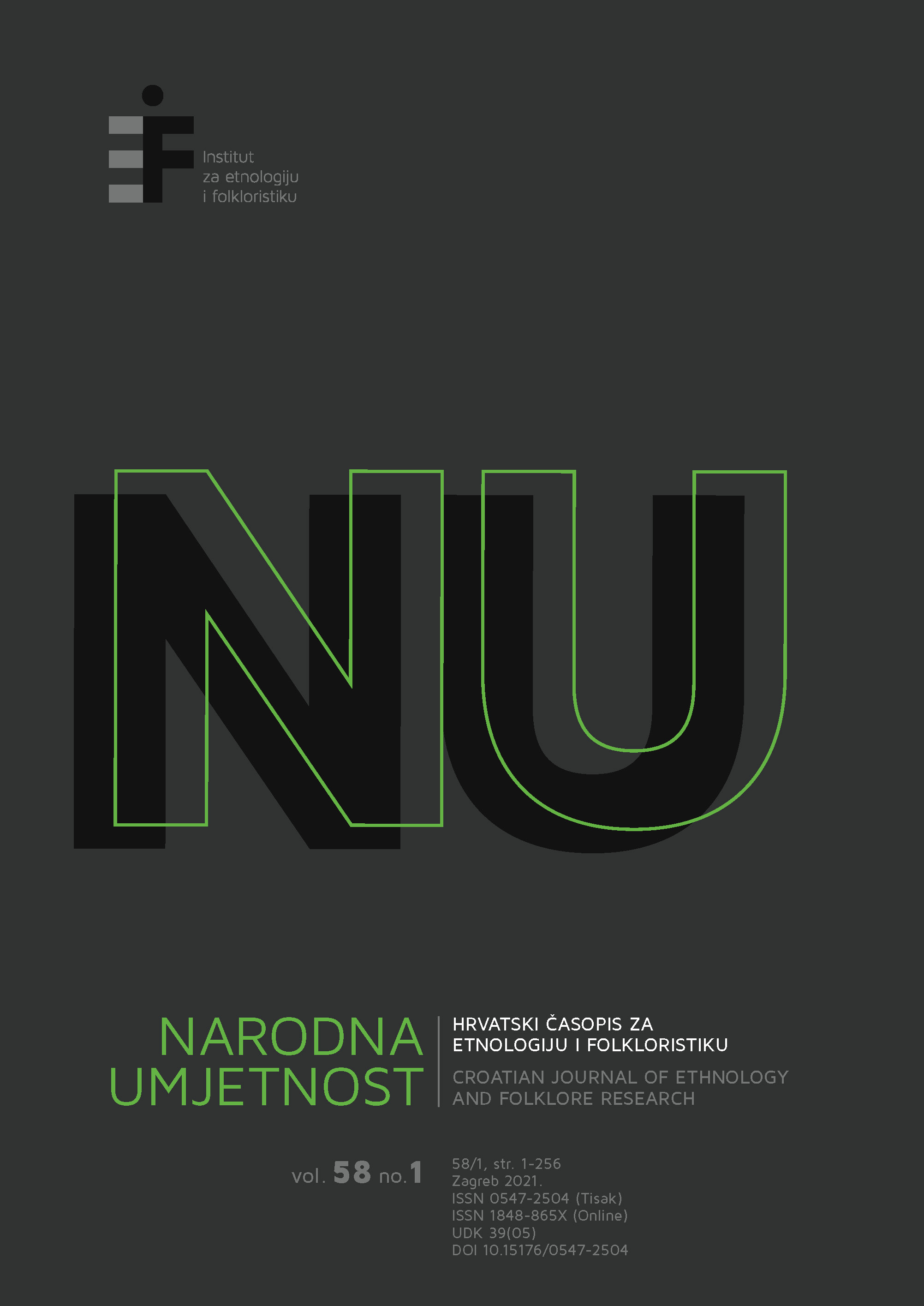The Bat: From Folklore and the Concept of Fornication to Covid
Abstract
This paper studies the bat – a rare-to-be-seen nocturnal animal, which was the focus of attention in the coronavirus pandemic – within the framework of cultural animalism which investigates the presence of animals and their role in older literary works. The article deals with the bat’s longstanding indeterminate species affiliation (a bird, a mouse, a worm), which gives it a duplicitous character, situating it among impure (biblical) animals, and giving it a pronounced negative perception in the human history. Its appearance in legends and folk medicine is of particular significance in this sense. The paper focuses on the fact that the bat was a symbol of fornication, amorality and androgyny in the late Middle Ages, making it a transgressor responsible for all the evils of this world. Such symbolism is evident in the popular Italian work Fiore di virtù which was translated into a number of European vernaculars over the period of several centuries. Of these, the oldest fragment featuring the bat appears in the Croatian Cyrillic manuscript Libro od mnozijeh razloga, which had its 500th anniversary during the pandemic-ridden 2020. In addition to all the negative characteristics that the bat was ascribed throughout history – based on misapprehensions and limited scientific knowledge – the paper will also deal with its positive characteristics. By drawing attention to its inherent value in the stability of the ecosystem of the Earth’s biosphere which encompasses all the organisms and its environment, the paper will point to its undeserved stigma in the current social context of the coronavirus pandemic.
Keywords: the bat, legend, fable, fornication, COVID-19

